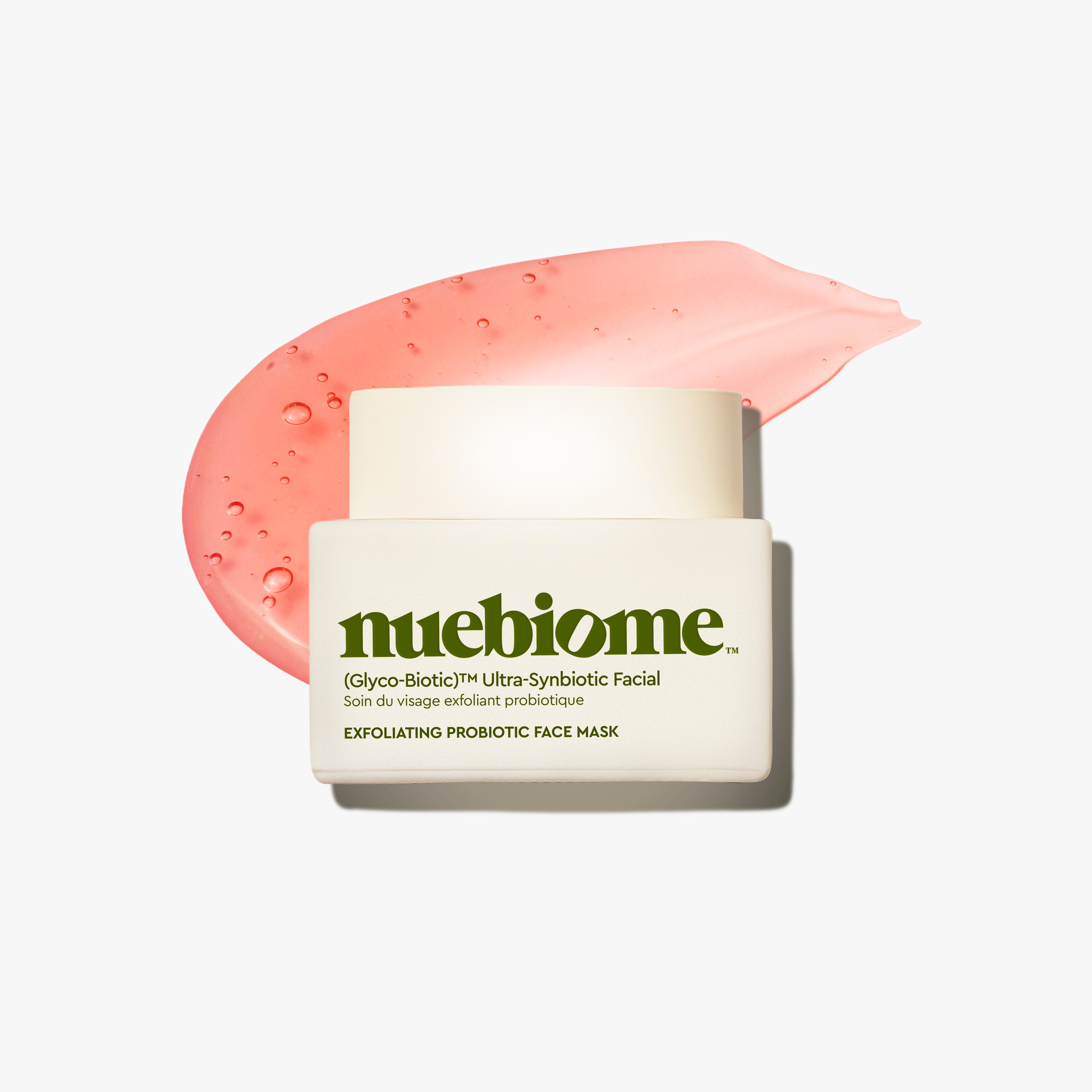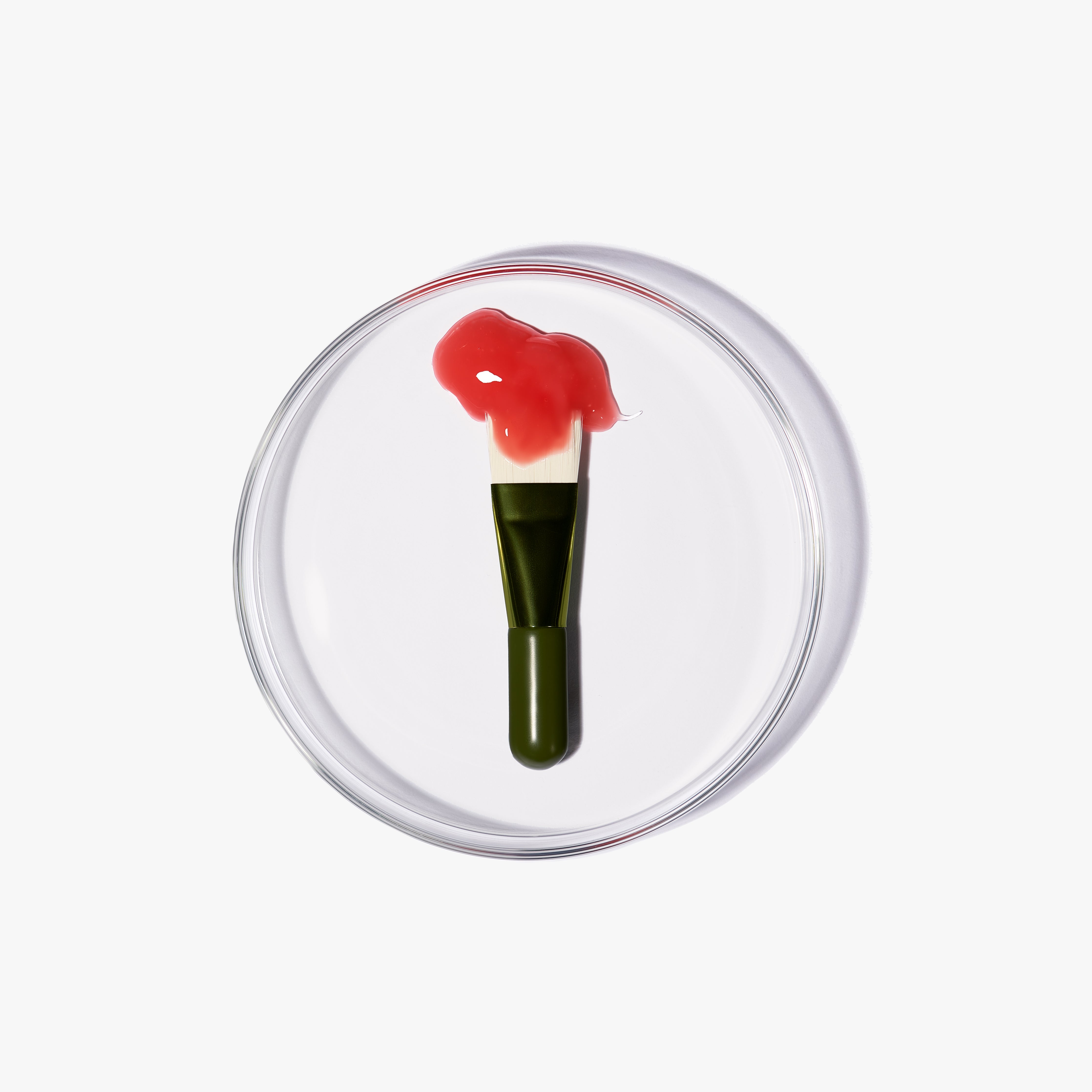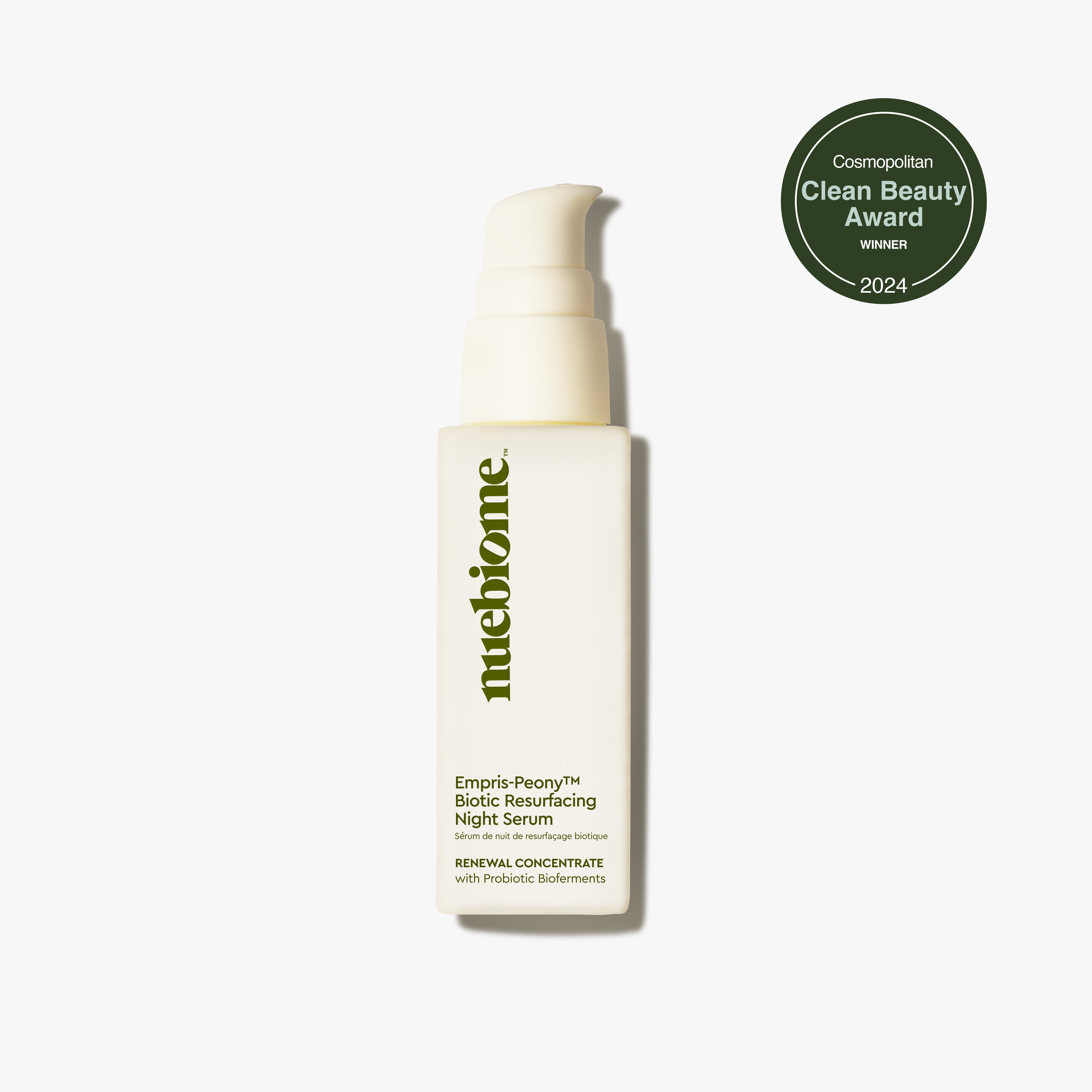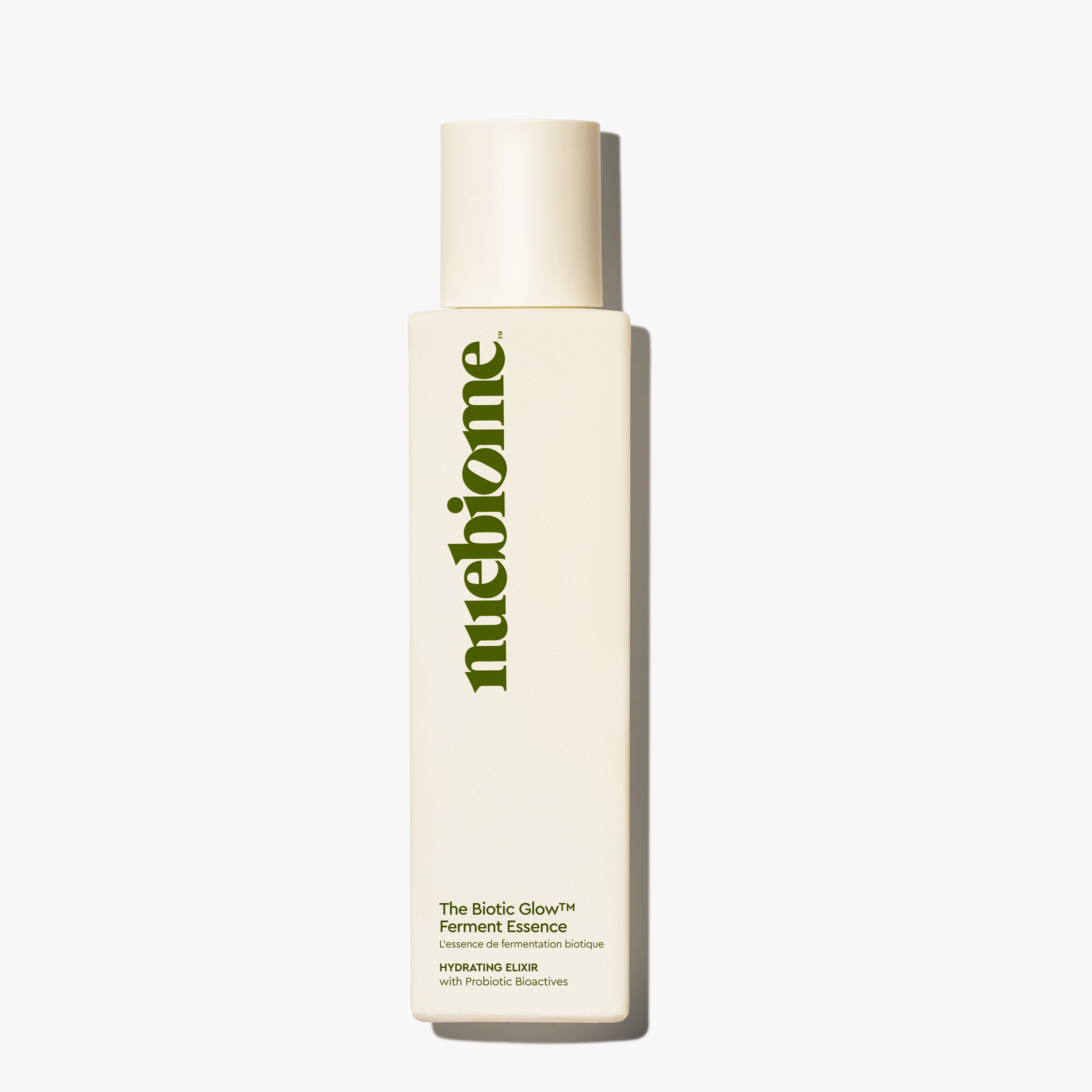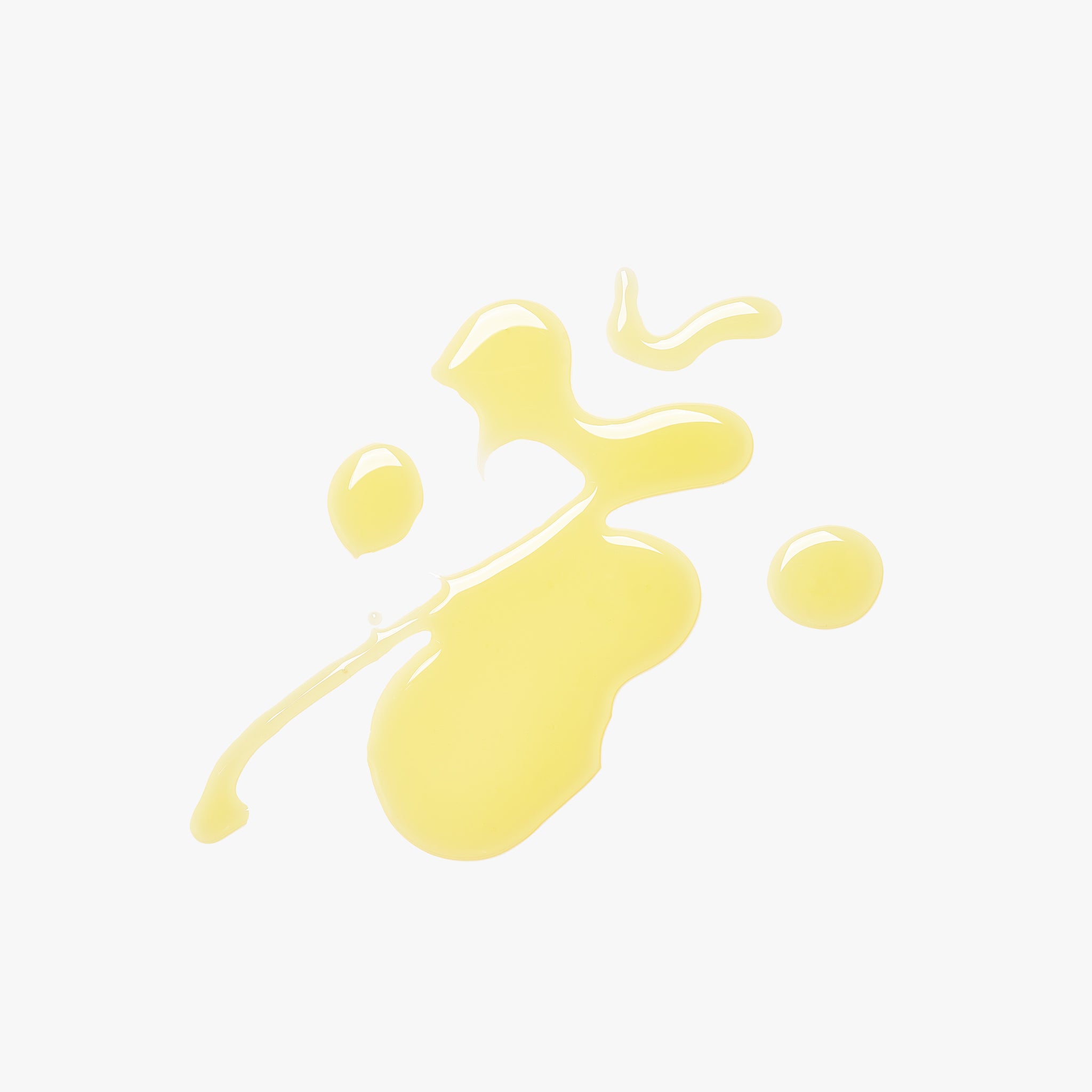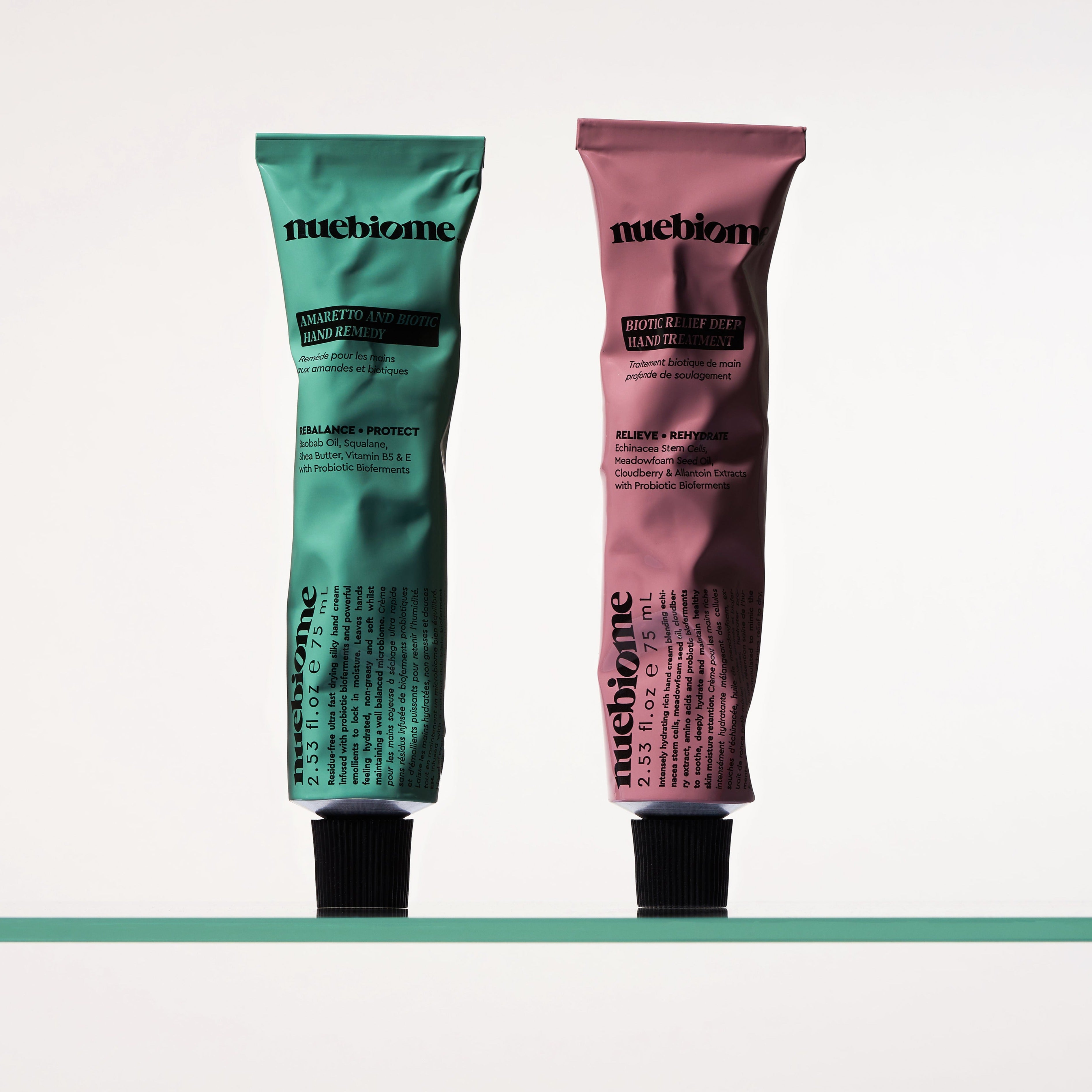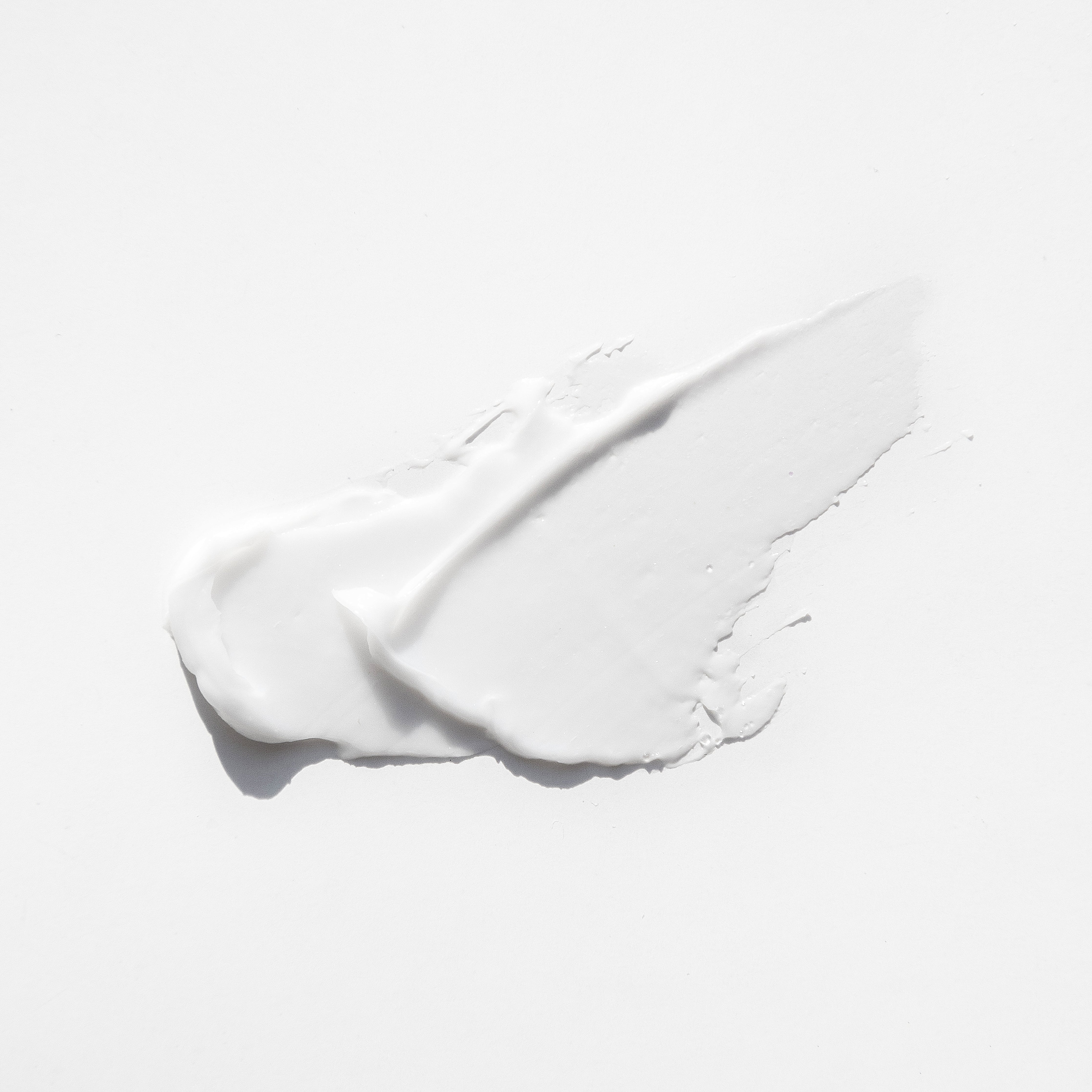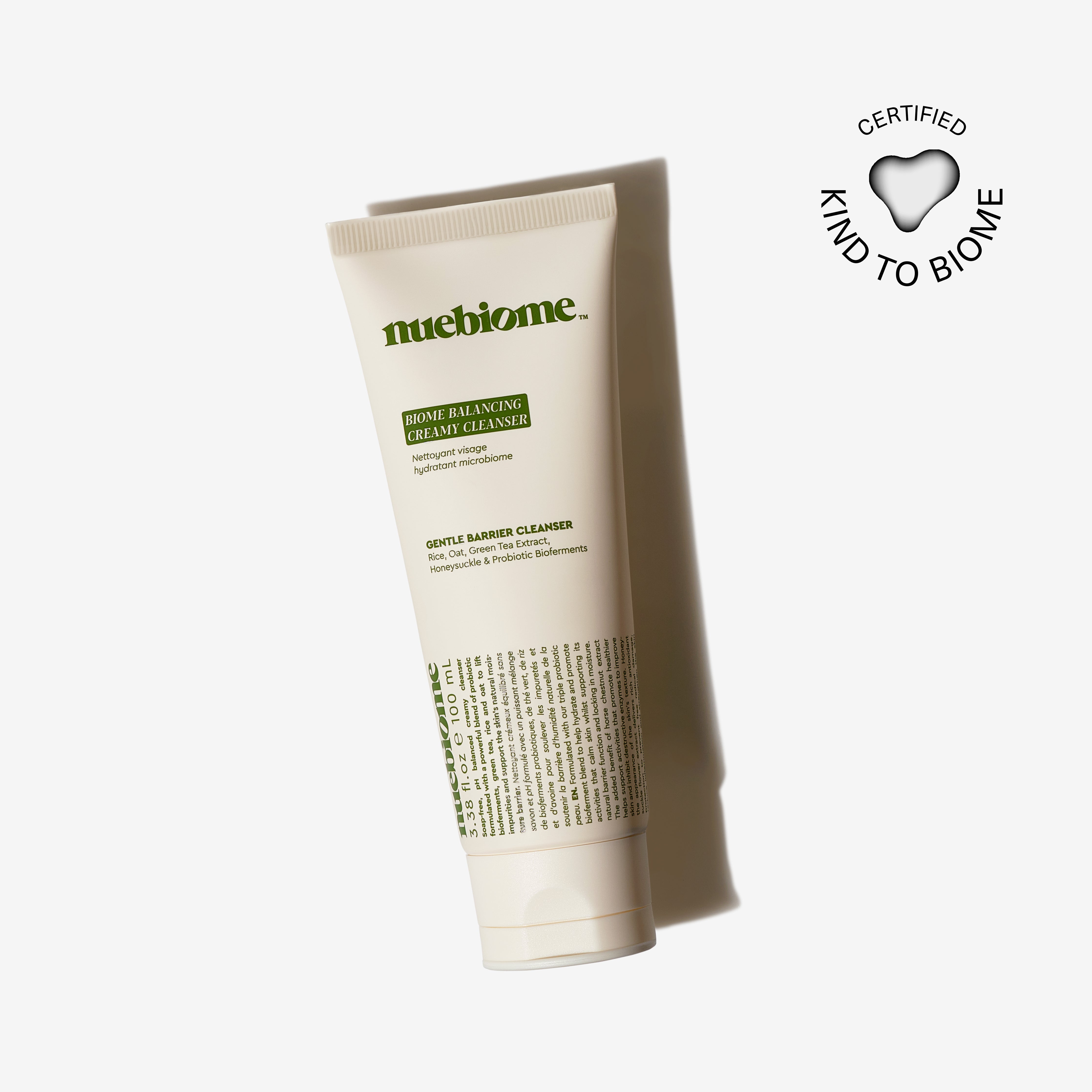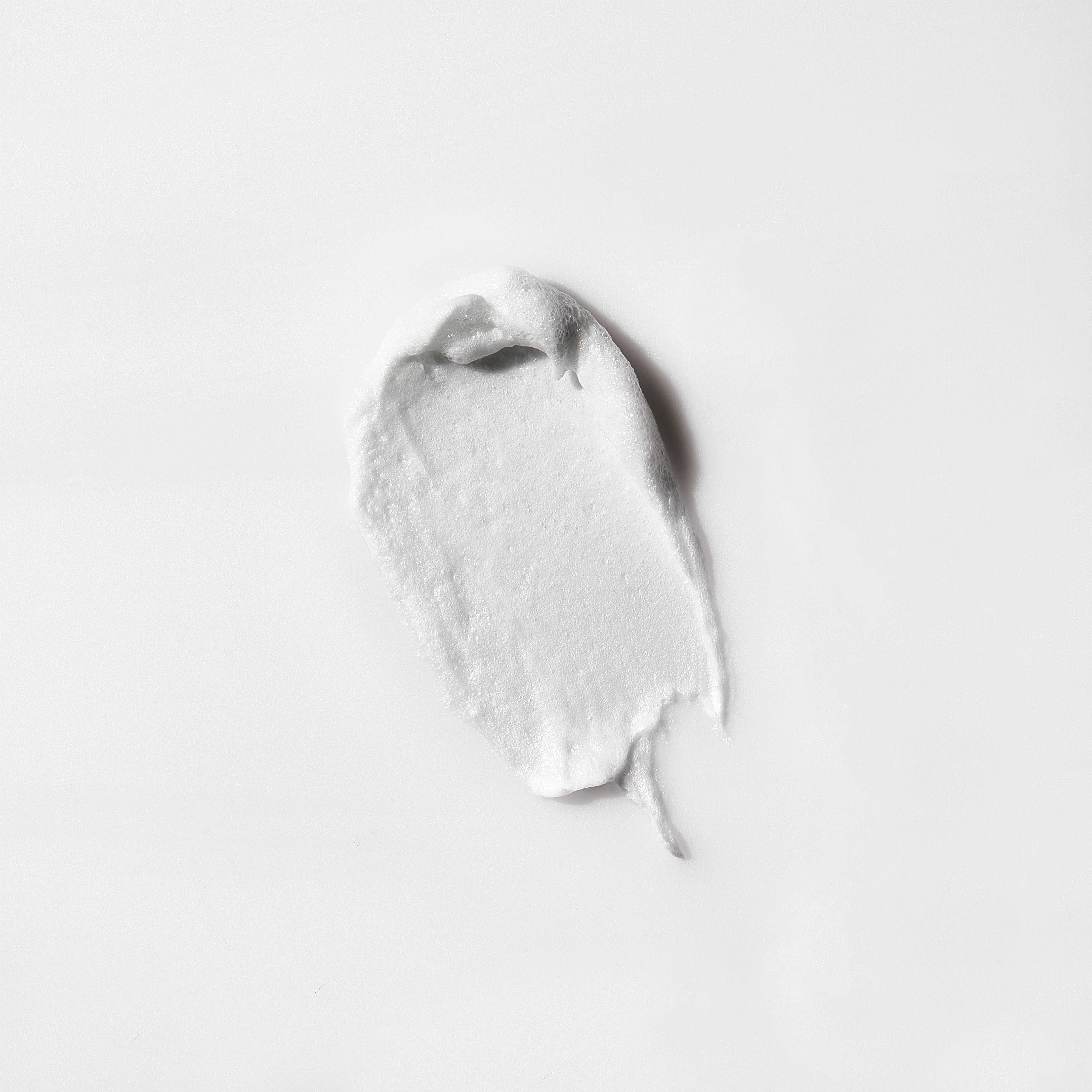That new serum you were so excited about is suddenly making your skin sting. Your complexion, once clear, is now peppered with unusual breakouts and persistent red patches. Your moisturizer, which used to leave your skin feeling plump and dewy, now seems to evaporate on contact, leaving your face feeling tight and parched. If this sounds familiar, you’re not just having a “bad skin day”—you’re likely experiencing the tell-tale symptoms of a damaged skin barrier.
As estheticians, we see this all the time. Well-intentioned skincare enthusiasts, armed with powerful actives, inadvertently push their skin past its limit. The result is a compromised barrier, the very foundation of healthy, resilient skin. Understanding the signs is the first step toward recovery.
An Esthetician’s Checklist: Decoding the Symptoms of a Damaged Barrier
Before we dive into the symptoms, it's crucial to understand what your skin barrier actually is. Scientifically known as the stratum corneum, it’s the outermost layer of your epidermis. Imagine it as a brick-and-mortar wall: the skin cells (corneocytes) are the bricks, and a lipid matrix of ceramides, cholesterol, and fatty acids is the mortar holding them together. This "wall" has two critical jobs: to keep essential moisture, electrolytes, and nutrients in, and to keep harmful pollutants, allergens, and bacteria out. When this structure is compromised, your skin’s defense system is down, leading to a cascade of issues.
Here are the four key signs your barrier is calling for help:
1. Heightened Sensitivity and Reactivity This is often the first and most alarming symptom. Products that have been staples in your routine for months, or even years, suddenly cause stinging, burning, or itching upon application. Your skin isn't "allergic" to them; rather, the compromised barrier allows ingredients to penetrate deeper and faster than intended, triggering an inflammatory response. Think of it like a wall with holes in it—everything is getting through, and your skin’s internal alarm system is going off.
2. Persistent Dryness, Dehydration, and Tightness Do you moisturize diligently, only to find your skin feeling tight and papery an hour later? This is a classic sign of high Transepidermal Water Loss (TEWL). A healthy barrier is watertight, effectively locking in hydration. When the lipid "mortar" is depleted, those protective seals are broken, and water continuously escapes from your skin into the environment. This leads to a state of chronic dehydration that no amount of surface-level moisturizer can seem to fix, creating a perpetual feeling of tightness and discomfort.
3. Increased Inflammation, Redness, and Breakouts Your skin barrier is your personal bodyguard against external aggressors. When it’s not functioning properly, it can no longer effectively neutralize environmental irritants or keep acne-causing bacteria in check. This can manifest as blotchy, persistent redness (erythema), a generally inflamed appearance, or a sudden surge in breakouts. These aren't necessarily typical hormonal or cystic pimples; often, they are small, red, inflamed bumps that appear in unusual places, signaling that your skin's immune response is in overdrive.
4. A Dull, Lackluster, or Rough Texture Radiant, glowing skin is well-hydrated skin. When your barrier can’t retain moisture, the skin cells on the surface become dehydrated and don't shed properly. This buildup of dry, rough cells scatters light instead of reflecting it, leading to a complexion that looks dull, tired, and lackluster. You may notice your skin feels uneven to the touch, and your makeup might apply patchily or emphasize texture you didn't know you had.
Pro Diagnosis: Is Your Skin Damaged or Naturally Sensitive?
This is where many people misdiagnose their own skin, leading to a cycle of frustration. It’s a critical distinction to make, as the treatment protocols are different. So, is your skin barrier damaged, or is your skin just inherently sensitive?
Naturally sensitive skin is a chronic skin type. It’s often genetic and means your skin has a lower tolerance for potential irritants and is predisposed to conditions like rosacea, eczema, or contact dermatitis. If you've always had to be careful with new products and have flushed easily your whole life, you likely have a sensitive skin type. The goal for this type is management and prevention, often through a gentle routine for sensitive skin that avoids known triggers.
A damaged skin barrier, on the other hand, is an acquired skin condition. It can happen to any skin type—oily, dry, or combination. The key professional differentiator we look for is the sudden onset of symptoms. Your skin was fine, and now it’s not. You could previously tolerate vitamin C, and now it stings. You used a clay mask weekly without issue, and now it leaves your skin red raw.
This damage is almost always caused by external factors. The most common culprits we see in the treatment room include: * Over-exfoliation: Using AHAs, BHAs, physical scrubs, or retinoids too frequently or in concentrations that are too high for your skin. * Harsh Environmental Conditions: Extreme cold, low humidity, wind, and excessive sun exposure can all strip the skin of its essential lipids. * Using the Wrong Products: High-pH, foaming cleansers that strip the skin, alcohol-heavy toners, and harsh acne treatments can all disrupt barrier function. * Stress and Lack of Sleep: The stress hormone cortisol can impair barrier function and reduce ceramide production over time.
Recognizing your issue as a temporary condition, rather than a permanent state, is empowering. It means that with the right care, you can nurse your skin back to health.
The Barrier Recovery Protocol: An Expert-Approved Routine
When your barrier is compromised, your new mantra is "less is more." The goal is not to "fix" the problem with more active ingredients but to create a nurturing, protective environment where your skin can heal itself. This involves simplifying your routine and focusing on three core steps: gently cleanse, soothe and calm, and hydrate and fortify.
Step 1: The Gentle Cleanse Immediately stop using any foaming, stripping, or gel-based cleansers. These formulas often have a high pH that disrupts the skin’s naturally acidic mantle, further weakening your barrier. Switch to a creamy, milky, or oil-based cleanser that cleanses the skin without stripping away its precious lipids. Massage it onto dry skin before emulsifying with water to gently lift away impurities, makeup, and sunscreen.
Step 2: Soothe and Calm With a damaged barrier, your skin is inflamed. The priority is to calm this inflammatory response and replenish the lipids that have been lost. A high-quality facial oil is non-negotiable in a barrier repair routine. It provides a concentrated dose of fatty acids and antioxidants to comfort irritation and begin rebuilding that "mortar" between your skin cells. For skin that is reactive, red, and in need of immediate relief, we recommend the Skin Soothing Face Oil. Formulated with a blend of biocompatible botanical oils, it works to visibly reduce redness, calm signs of sensitivity, and provide a protective layer of emollient hydration to support the healing process.

Step 3: Hydrate and Fortify Finally, you need a moisturizer that does more than just provide surface-level hydration. To truly repair the barrier, you need to support the skin’s ecosystem. This is where microbiome science becomes essential. A moisturizer rich in prebiotics, probiotics, and postbiotics helps rebalance the good bacteria on your skin’s surface. A healthy microbiome creates a stronger, more resilient barrier. Look for ingredients like ceramides, hyaluronic acid, and fermented extracts that both hydrate and fortify. For more on this, check out our guide to understanding prebiotics vs probiotics in skincare.
To take the guesswork out of recovery, a curated system is the most effective approach. The Barrier Boost Moisture Rescue Set was specifically designed by our experts for this purpose. It provides a complete, streamlined protocol featuring a gentle cleanser, a calming hydrator, and a nourishing oil to work synergistically, delivering intense moisture and reinforcing your skin's defenses for a swift return to radiance and health.

Beyond Products: Pro-Tips for Long-Term Barrier Health
At Nuebiome, we believe in a holistic approach to skin health that extends beyond the products you apply. True barrier resilience is built through consistent, mindful habits.
Tip 1: Take an "Exfoliation Vacation" This is critical. Immediately pause all use of potent actives. This includes all retinoids (retinol, tretinoin), vitamin C, and exfoliating acids (glycolic, lactic, salicylic). Your skin needs a break to rebuild. A typical skin cycle is about 28 days, but for a truly compromised barrier, we recommend a rest period of at least 4-6 weeks before even considering reintroducing actives, and only one at a time.
Tip 2: Lukewarm Water Only Cleansing your face or showering in hot water feels luxurious, but it's a major barrier-stripper. The heat emulsifies and washes away the natural oils and lipids in your stratum corneum, exacerbating dryness and sensitivity. Always use lukewarm water to wash your face and try to keep your showers on the cooler side.
Tip 3: Sunscreen is Non-Negotiable A compromised barrier is significantly more vulnerable to the inflammatory and cellular damage caused by UV radiation. Sun exposure will only hinder the healing process and can lead to long-term issues like hyperpigmentation. Apply a broad-spectrum, mineral-based sunscreen with an SPF of 30 or higher every single day, without exception. Mineral sunscreens (zinc oxide, titanium dioxide) are often better tolerated by sensitized skin than chemical filters.
Tip 4: Mind Your Microbiome, Inside and Out The health of your skin is a direct reflection of your internal health. Supporting your skin barrier also means supporting your body. Incorporate a diet rich in antioxidants, healthy fats (like omega-3s found in salmon and flaxseed), and probiotics (found in yogurt and fermented foods). Prioritize sleep and manage stress, as both have a direct impact on your skin’s ability to repair itself. For a deeper dive into this connection, explore the ultimate guide to microbiome skincare.
By listening to your skin, simplifying your approach, and adopting these expert-backed strategies, you can successfully navigate the path to recovery and build a stronger, more resilient skin barrier for the future.
